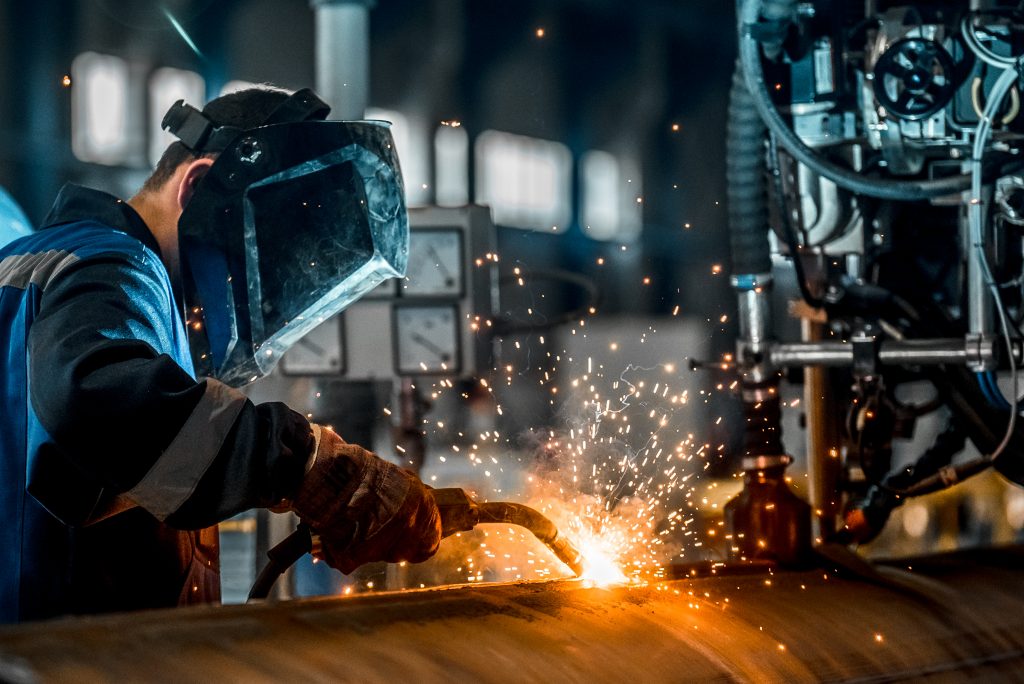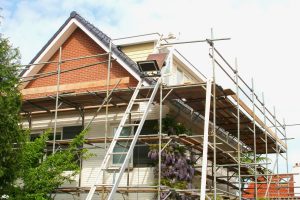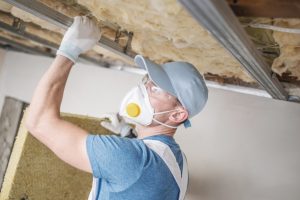Welding is currently among the most common forms of joining metals. This is because it is inexpensive and results in a solid bond. There are many things you will need in welding. One of these is a welding electrode. This is a wire which can be negatively or positively charged and used for the creation of an electric arc which joins the parent metals. A weld is created once the electric arc at the electrode’s tip draws onto your workpiece.
There are different electrodes stocked by welding wire suppliers. When picking an electrode, you should get the right one for your electric current range and application. Here are your welding electrode options.
Bare Electrodes
These have no coatings other than those required for wire drawing. Their wire composition is the primary determinant of their suitability for your application. The wire drawing coatings will somehow stabilise your welding arc but have little consequence on your weld. Bare electrodes are often used for the joining of manganese steel, and other applications where the coating applied in other wires is undesirable.
Light-Coated Electrodes
These have a light coating which has been applied by brushing, spraying, wiping, tumbling, washing or dipping. The light coating factor of 1.25 on these electrodes improves various properties of your welding arc stream. Most coatings will reduce or dissolve the impurities in your weld and change the surface tension of the molten metals to make their flow uniform. The coatings might also increase your arc’s stability.
Heavy-Coated or Shielded Arc Electrodes
The coating factor on these electrodes is 1.6-2.2 applied by extrusion or dipping. There are three types of heavy-coated electrodes including mineral, mineral-cellulose and cellulose-coated electrodes. Heavy-coated electrodes are primarily used to reduce the gas shield around your welding arc. This prevents the contamination of your weld metal by atmospheric nitrogen and oxygen. The coating on shielded arc electrodes also reduces the attractive forces between the wire and molten metal.
Direct Current Welding Electrodes

These are arc welding electrodes which are generally used for straight or reverse polarity. Most direct current arc electrodes are used together with alternating current electrodes. These electrodes are preferred for welding tasks which involve bare, alloy steel, nonferrous and covered metals. Straight polarity direct current electrodes might provide less penetration compared to reverse polarity ones. This risk can, however, be minimised with proper arc manipulation and optimal welding conditions.
Alternating Current Welding Electrodes
These are generally used with coated or direct current electrodes. Alternating current arc electrodes are the best option when using high welding currents for thick metals since it will reduce your arc blow. The arc blow might cause lack of weld fusion, slag inclusions, and blowholes. An alternating current arc electrode is also used in welds that require two carbon electrodes. This is because it permits a uniform weld rate and electrode consumption.
When handling the above electrodes, you should ensure they are dry. This is because moisture might destroy their coatings. The electrodes should also not be bent since this will also ruin their coating.






